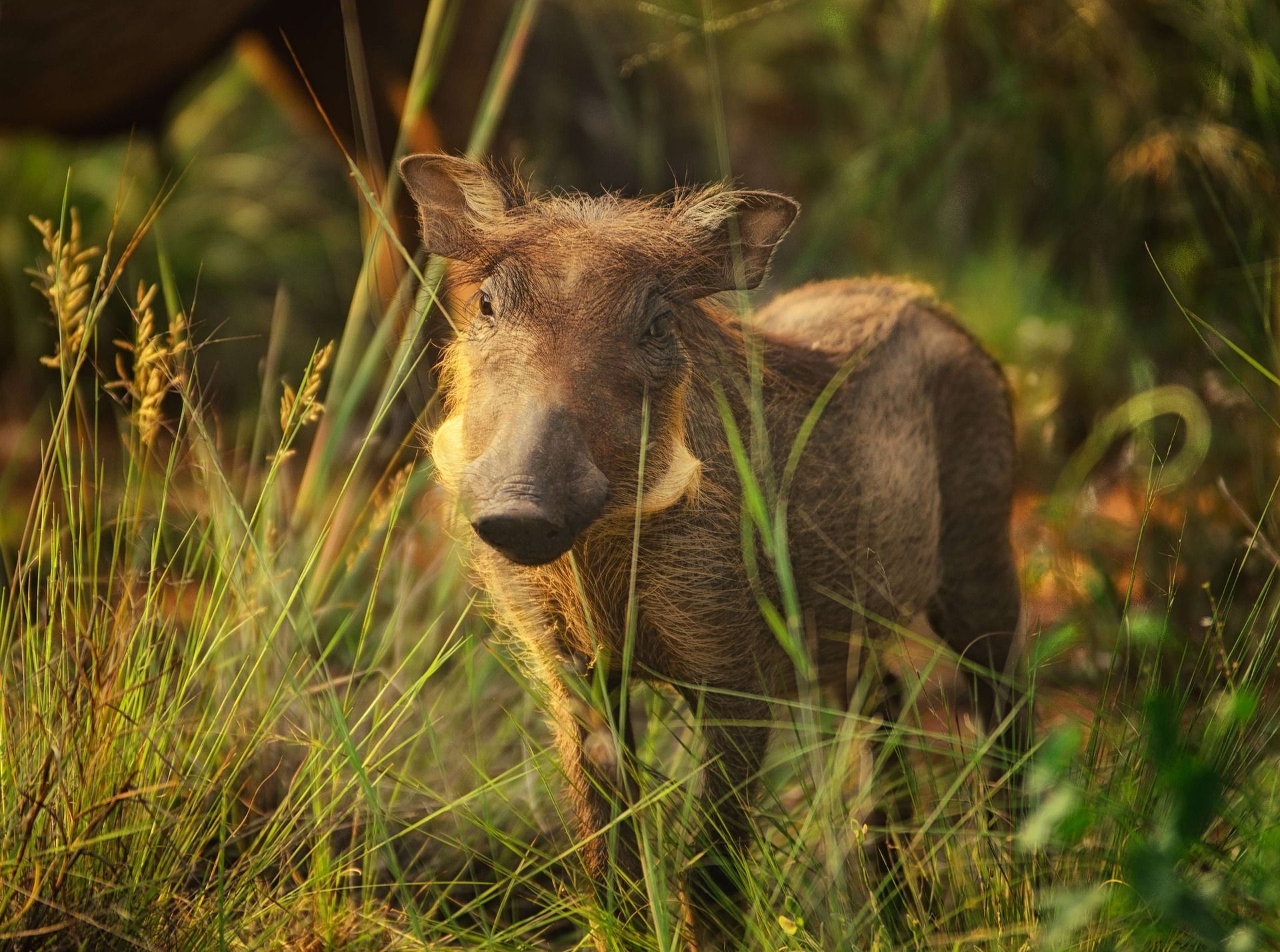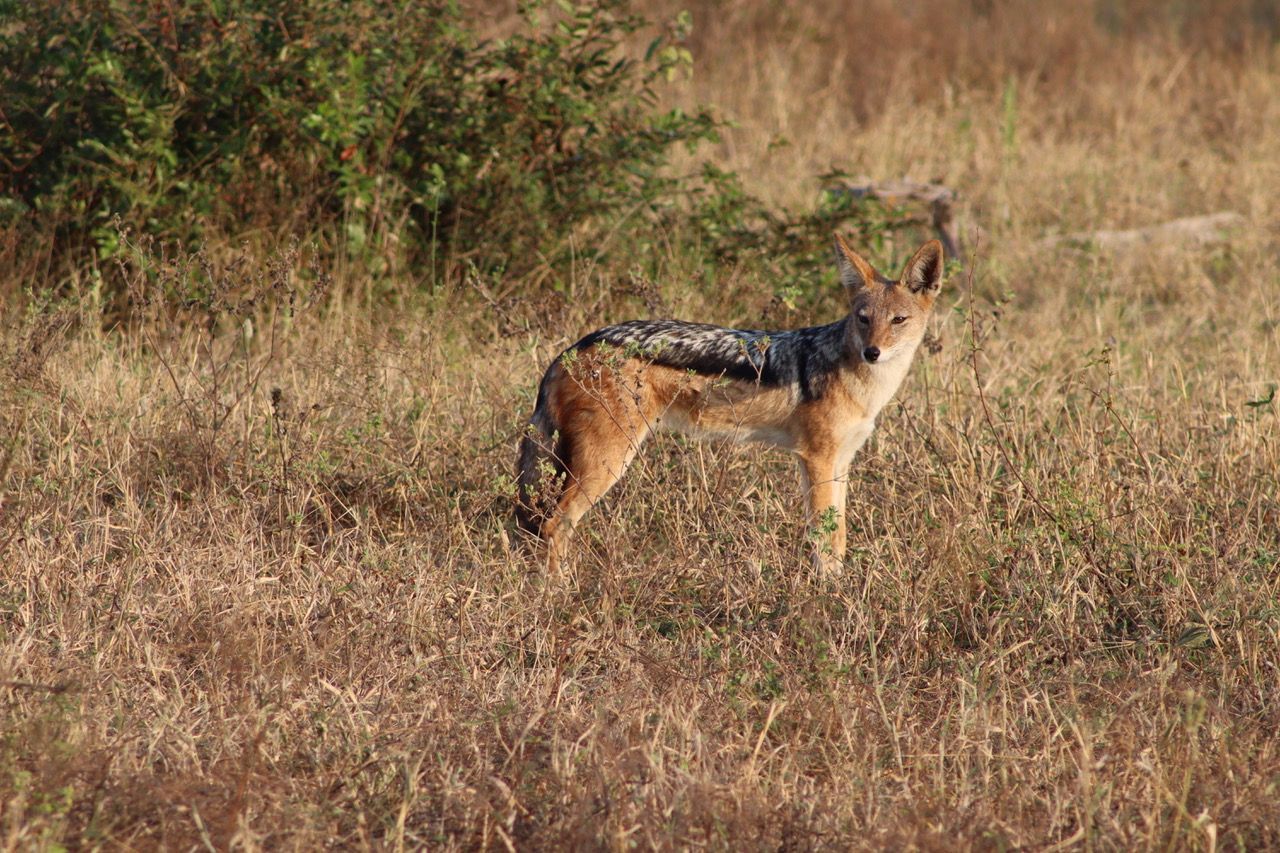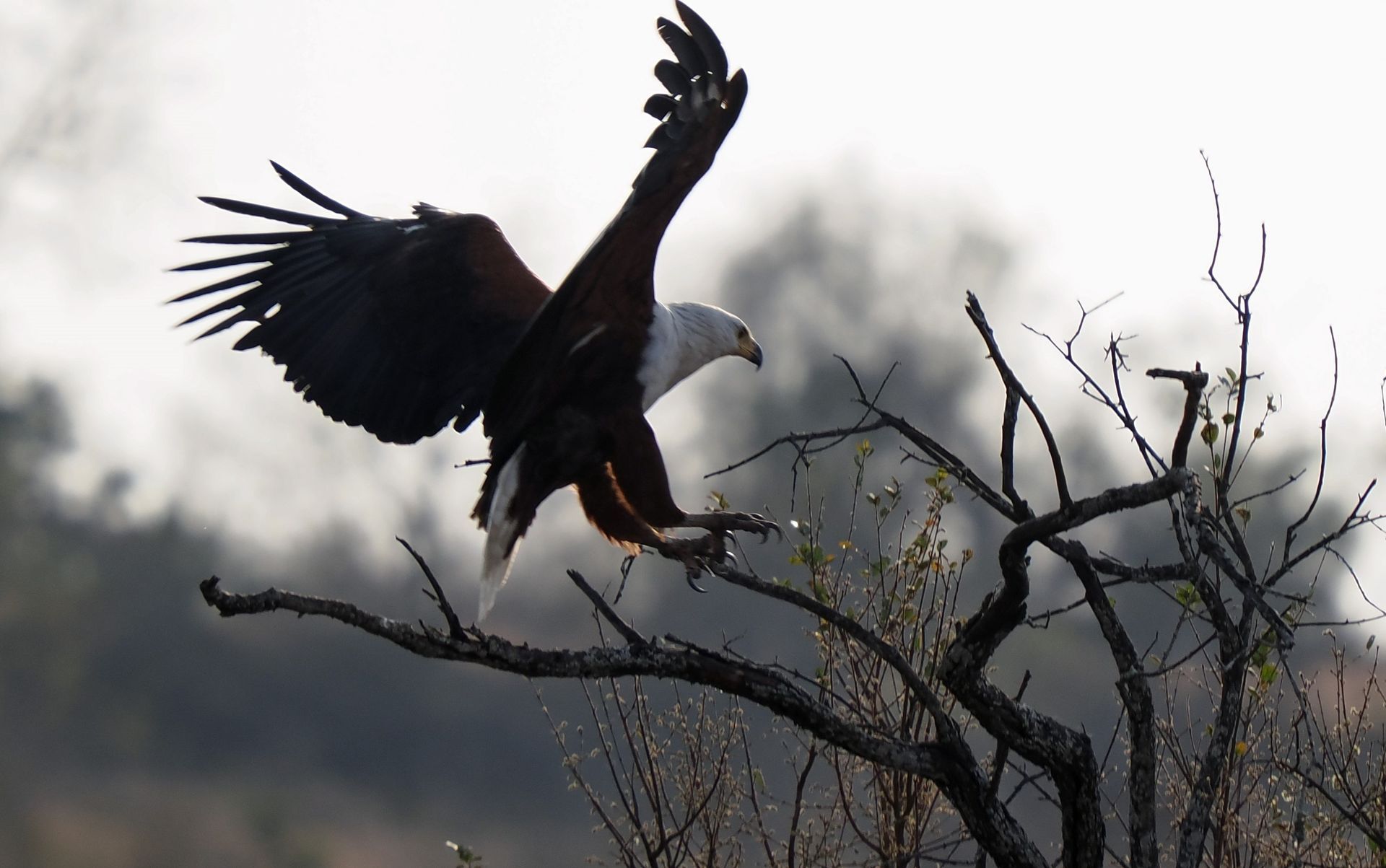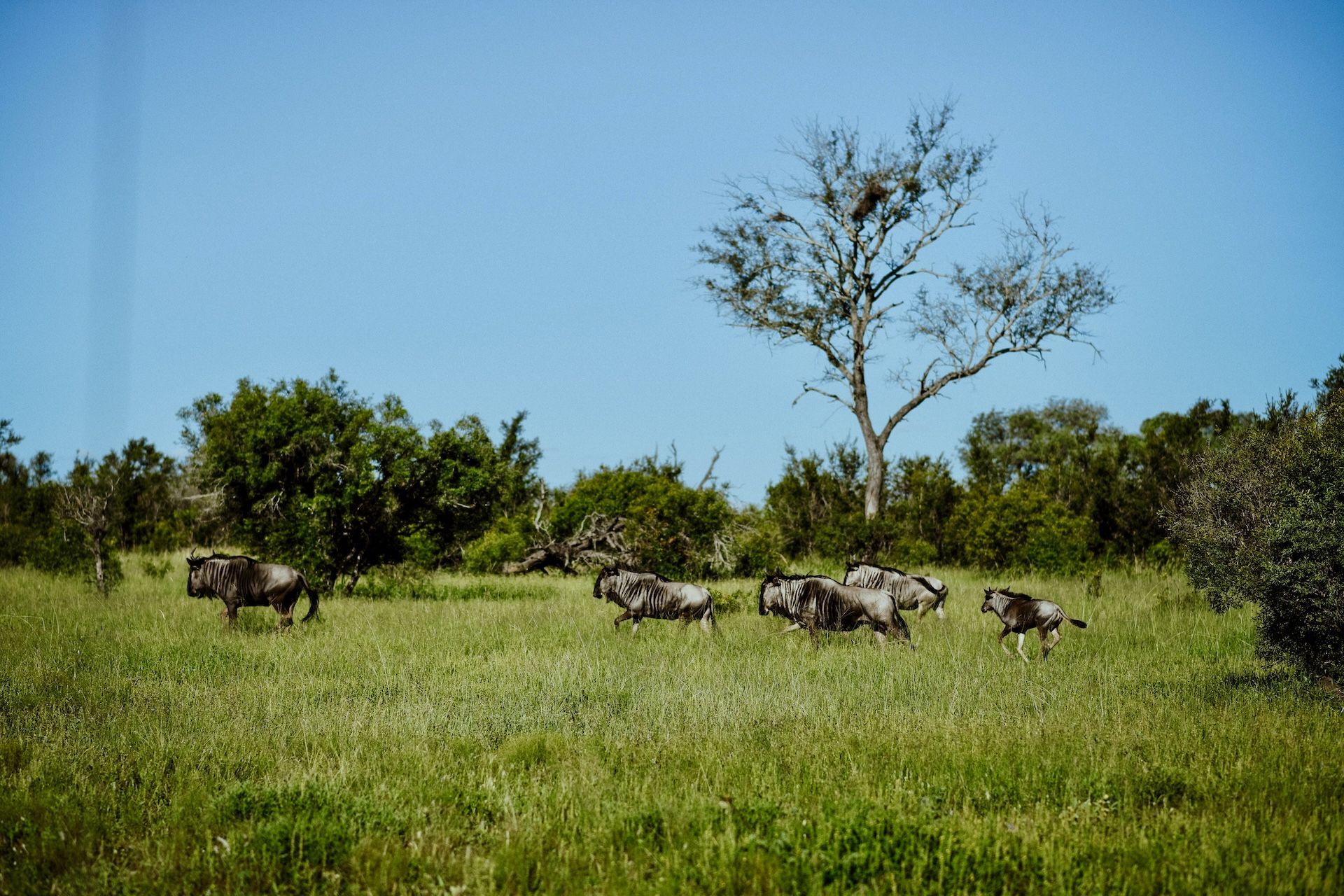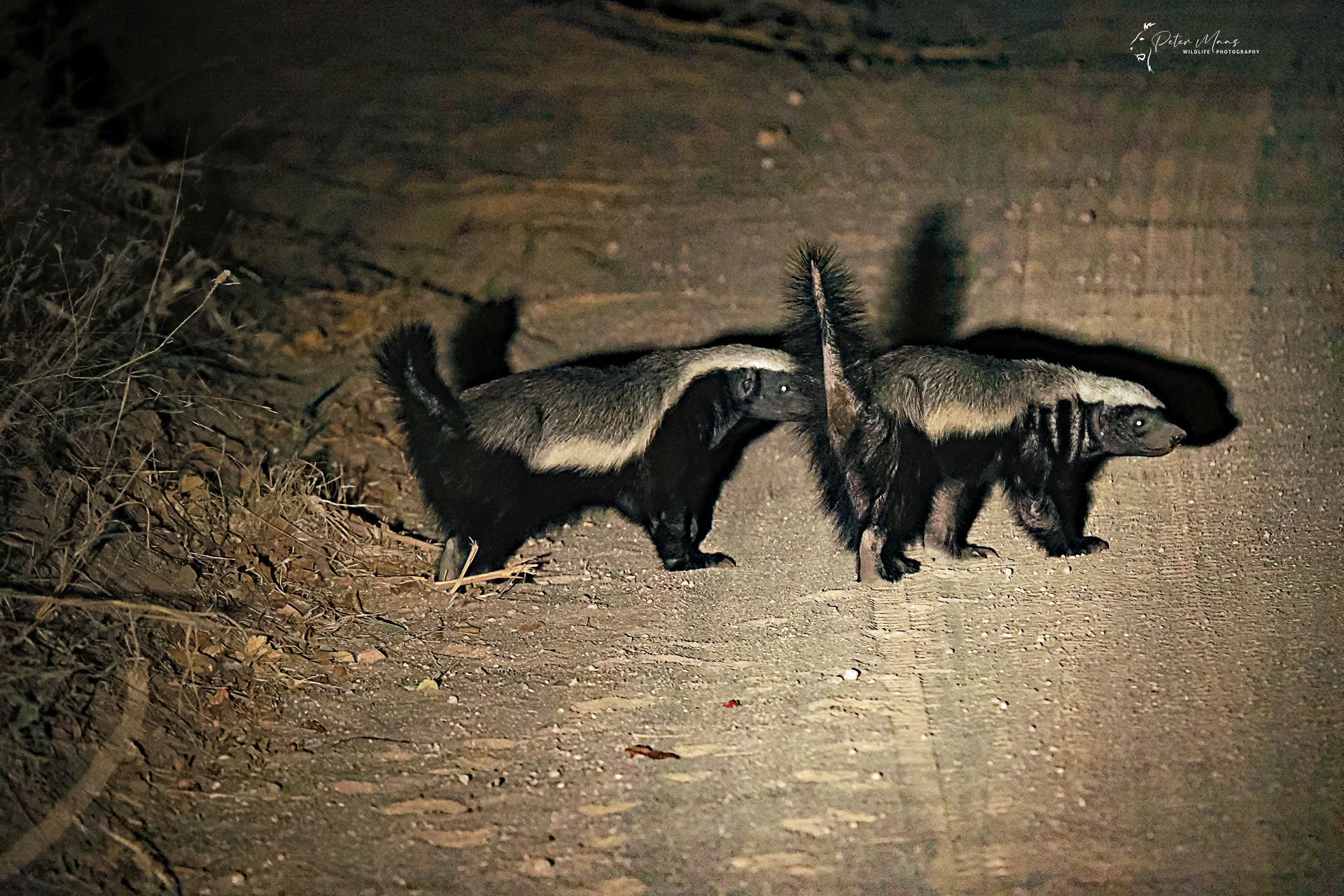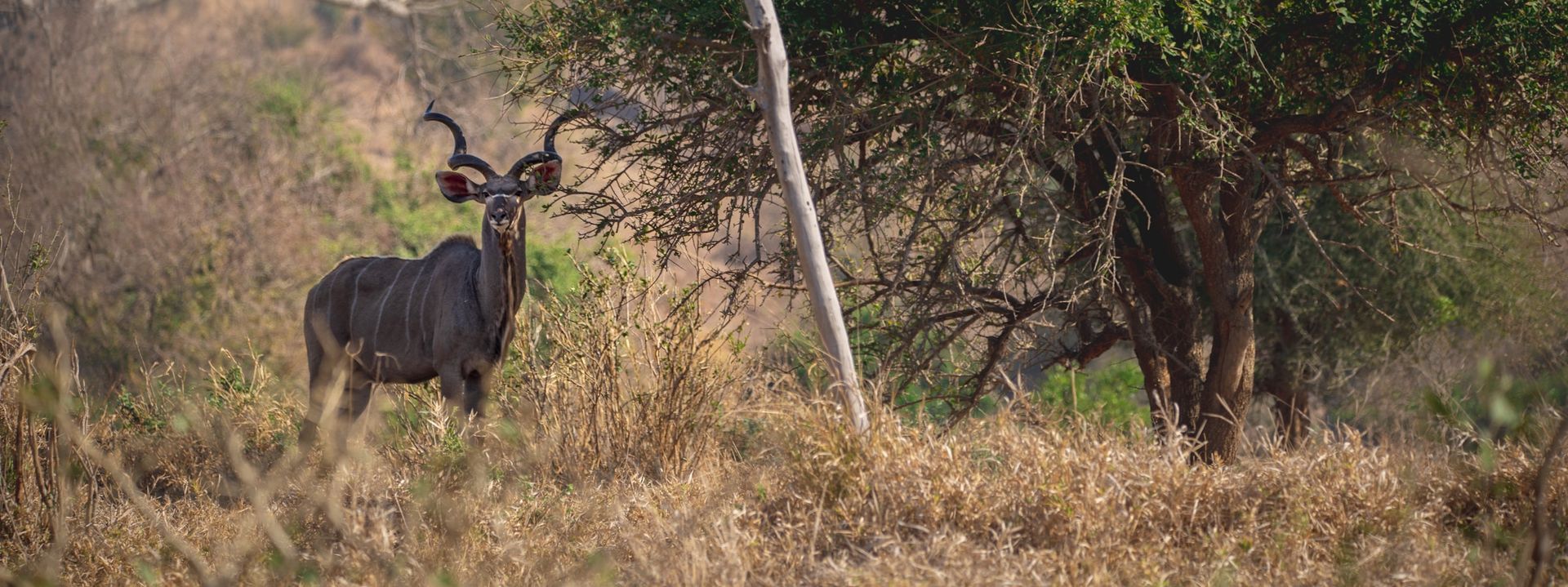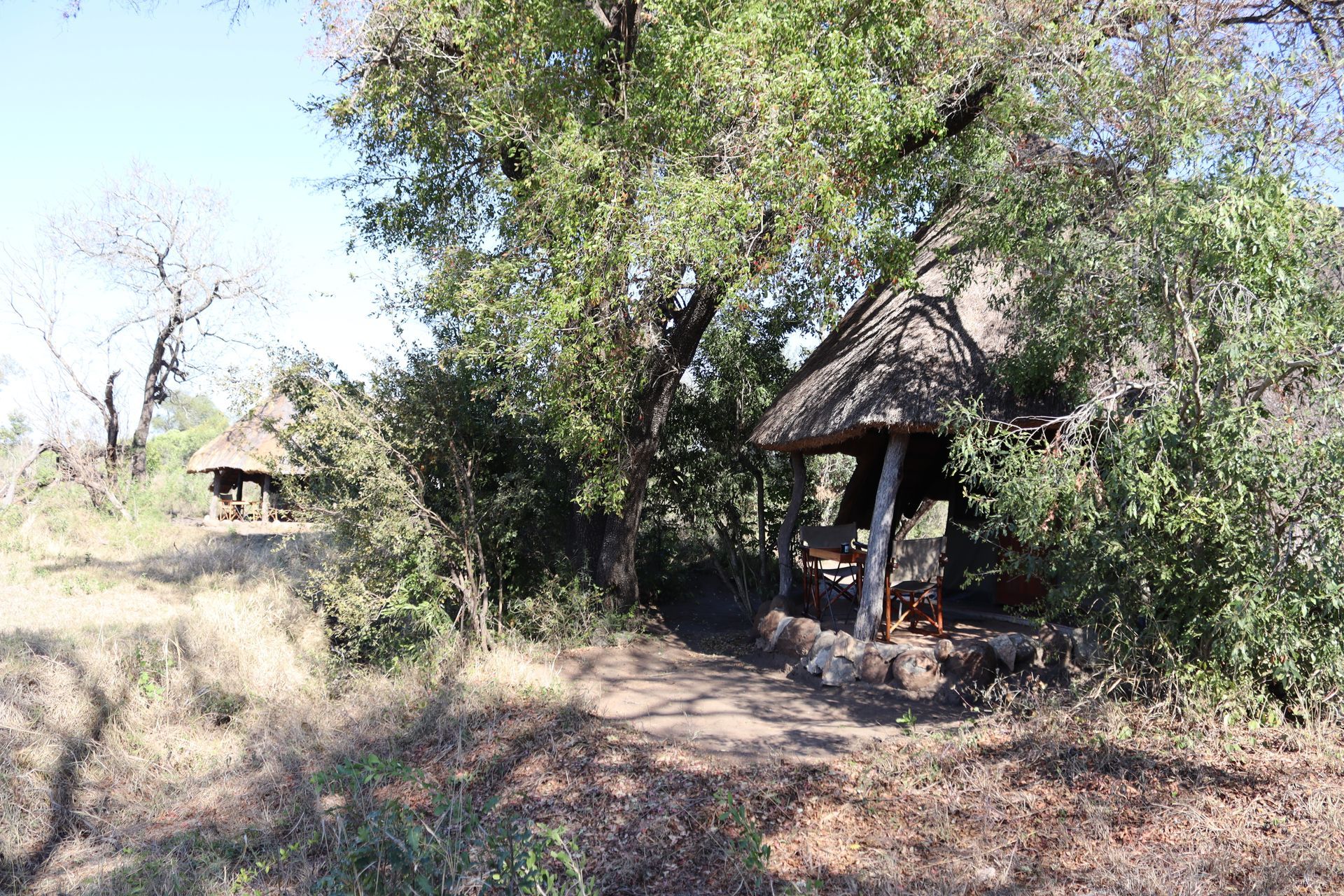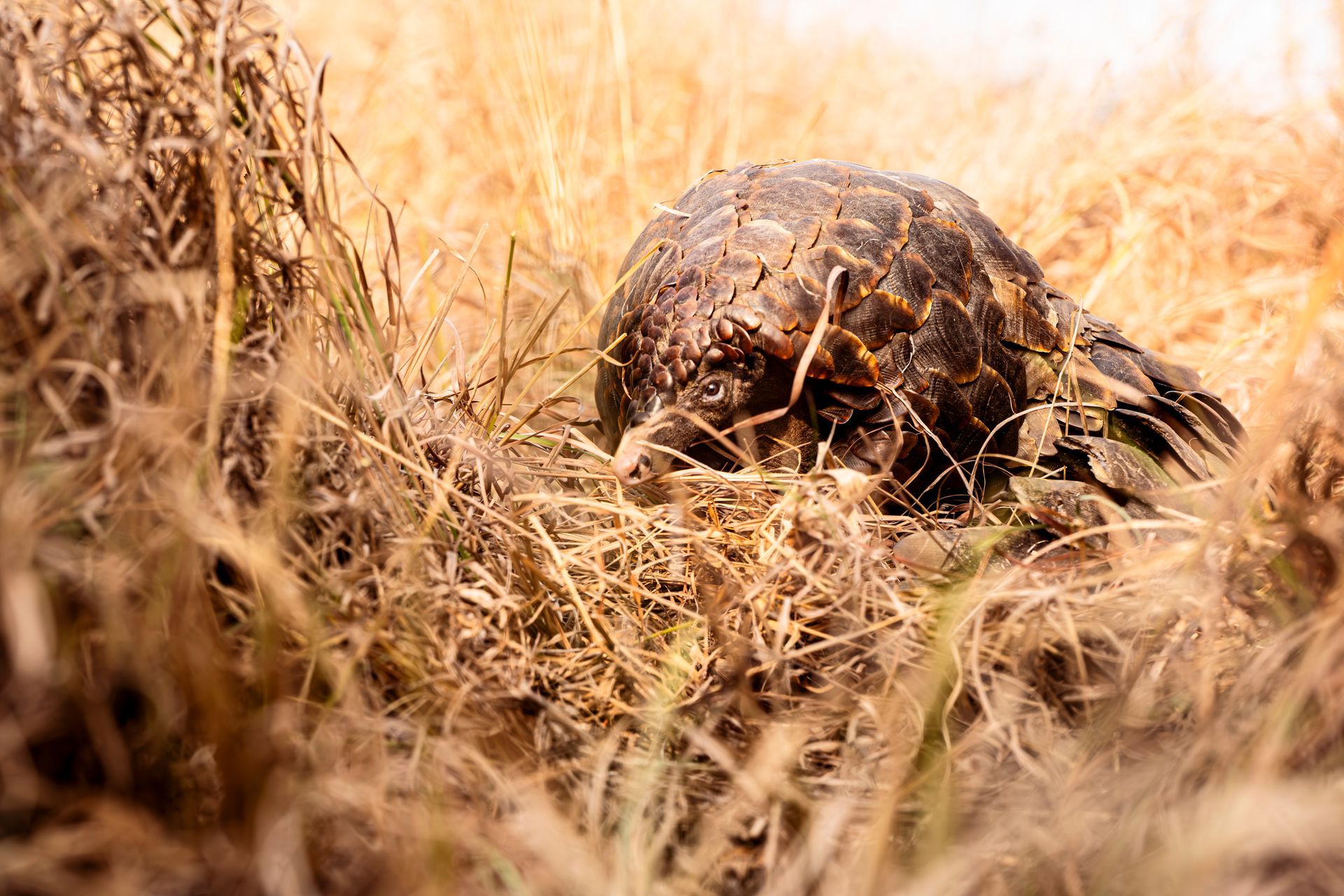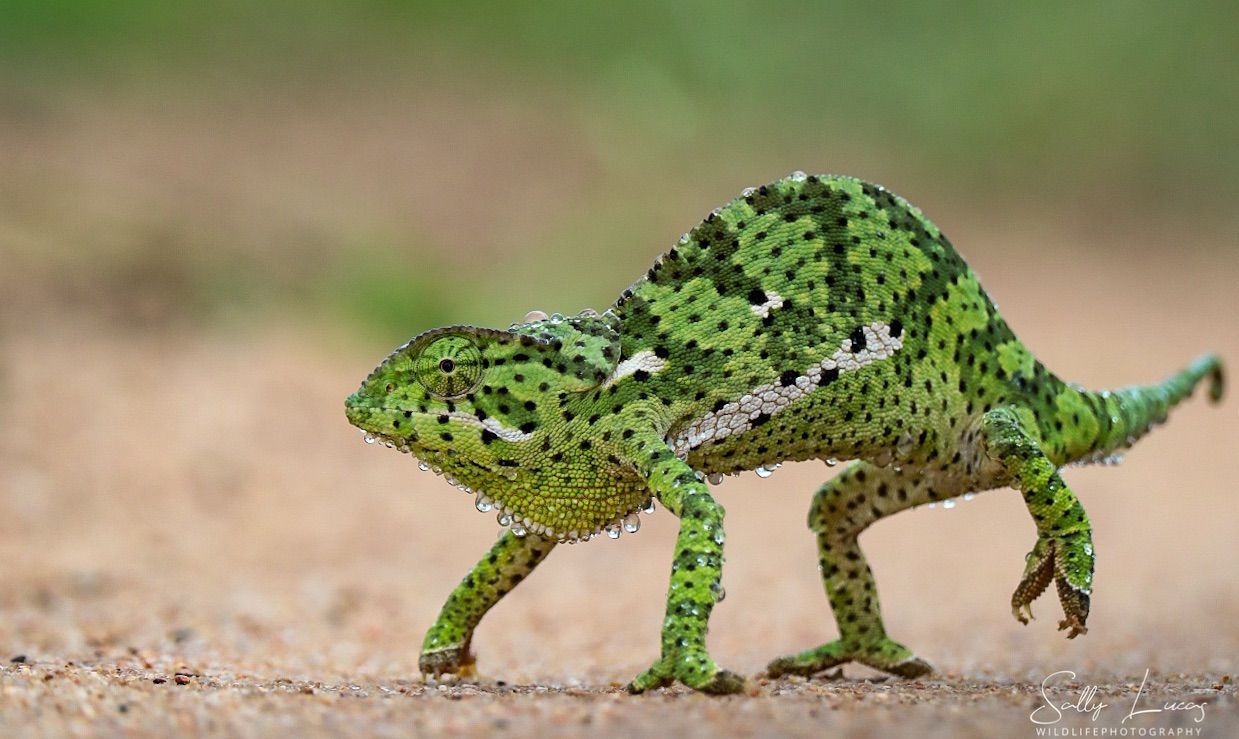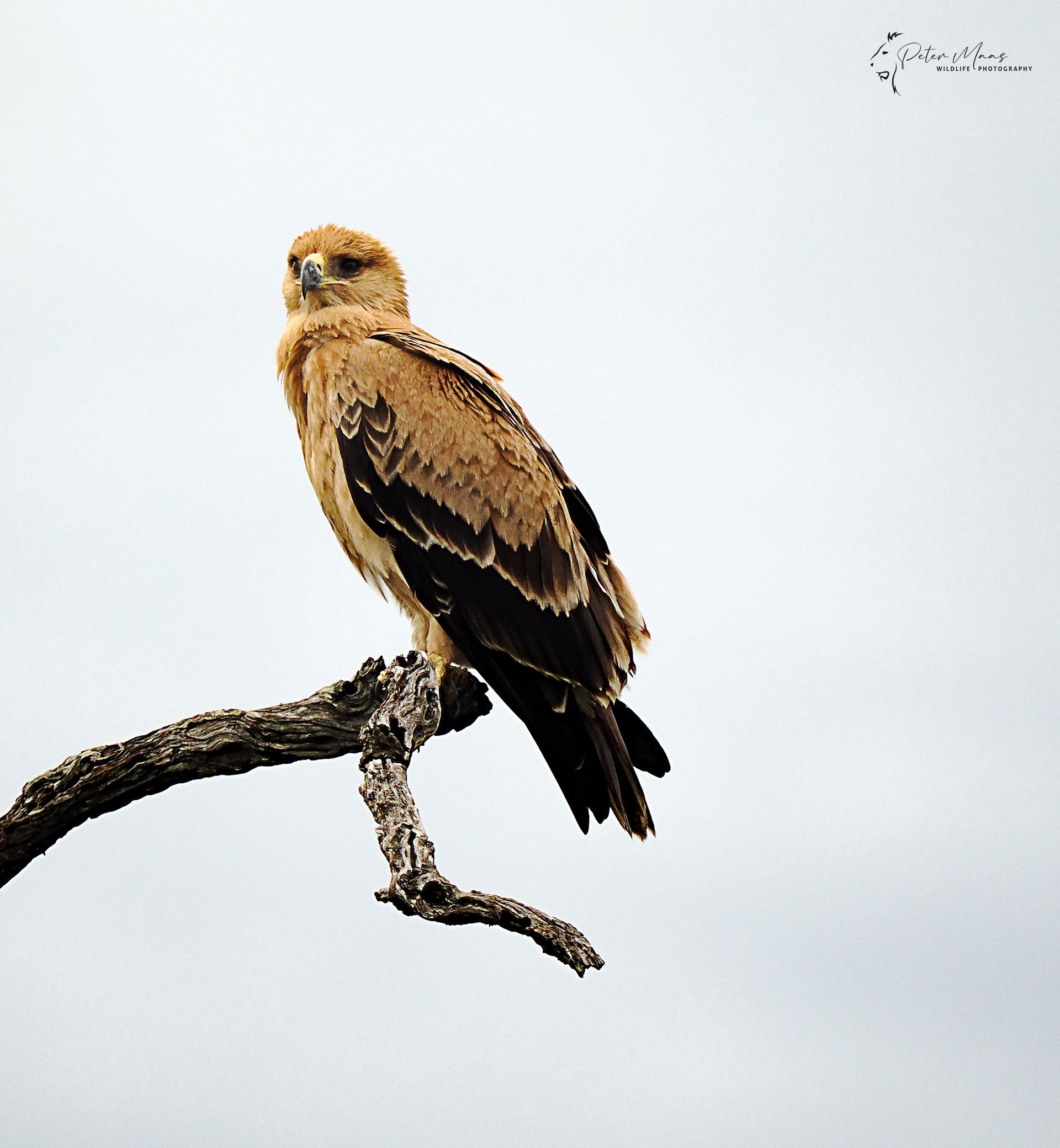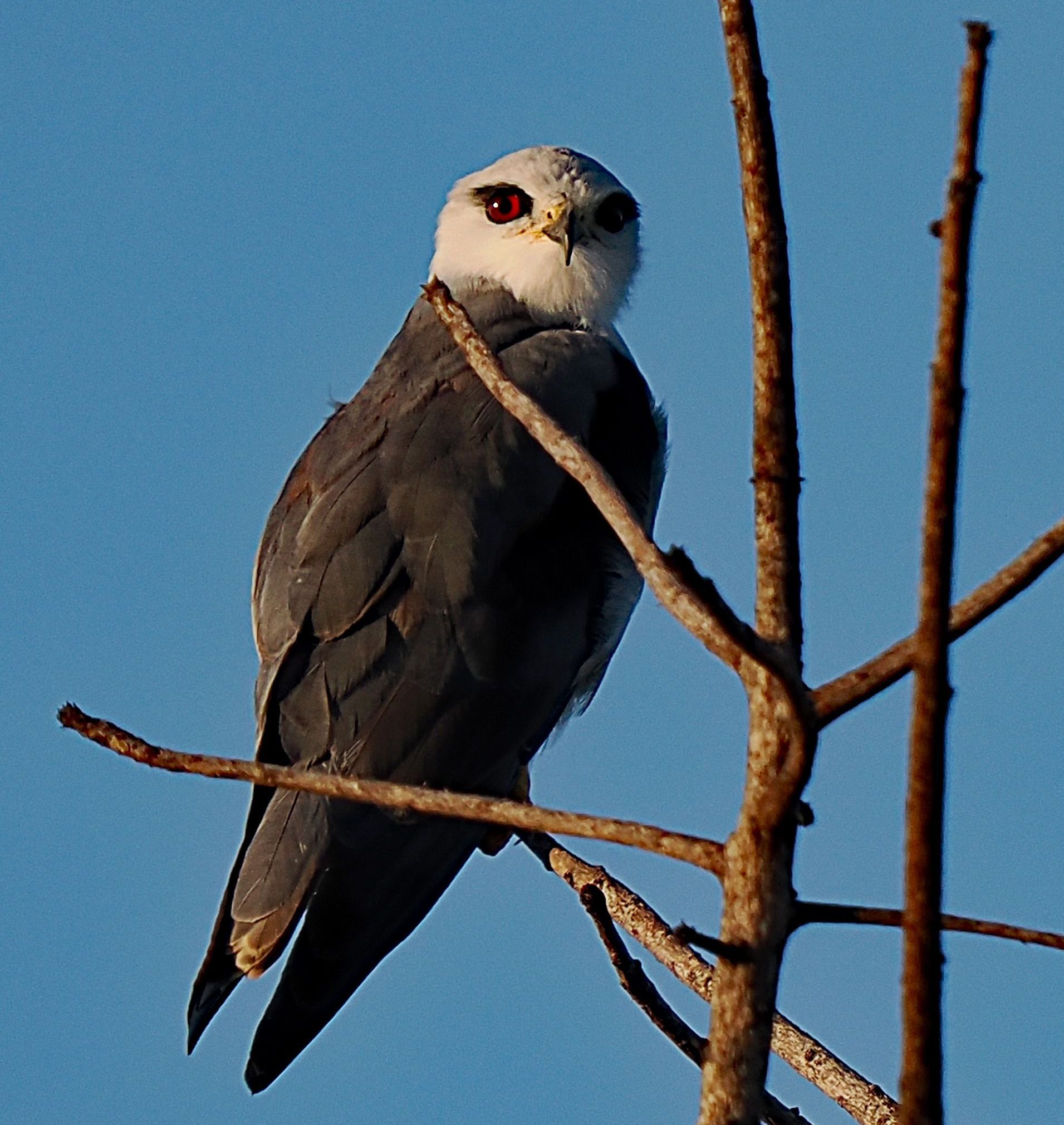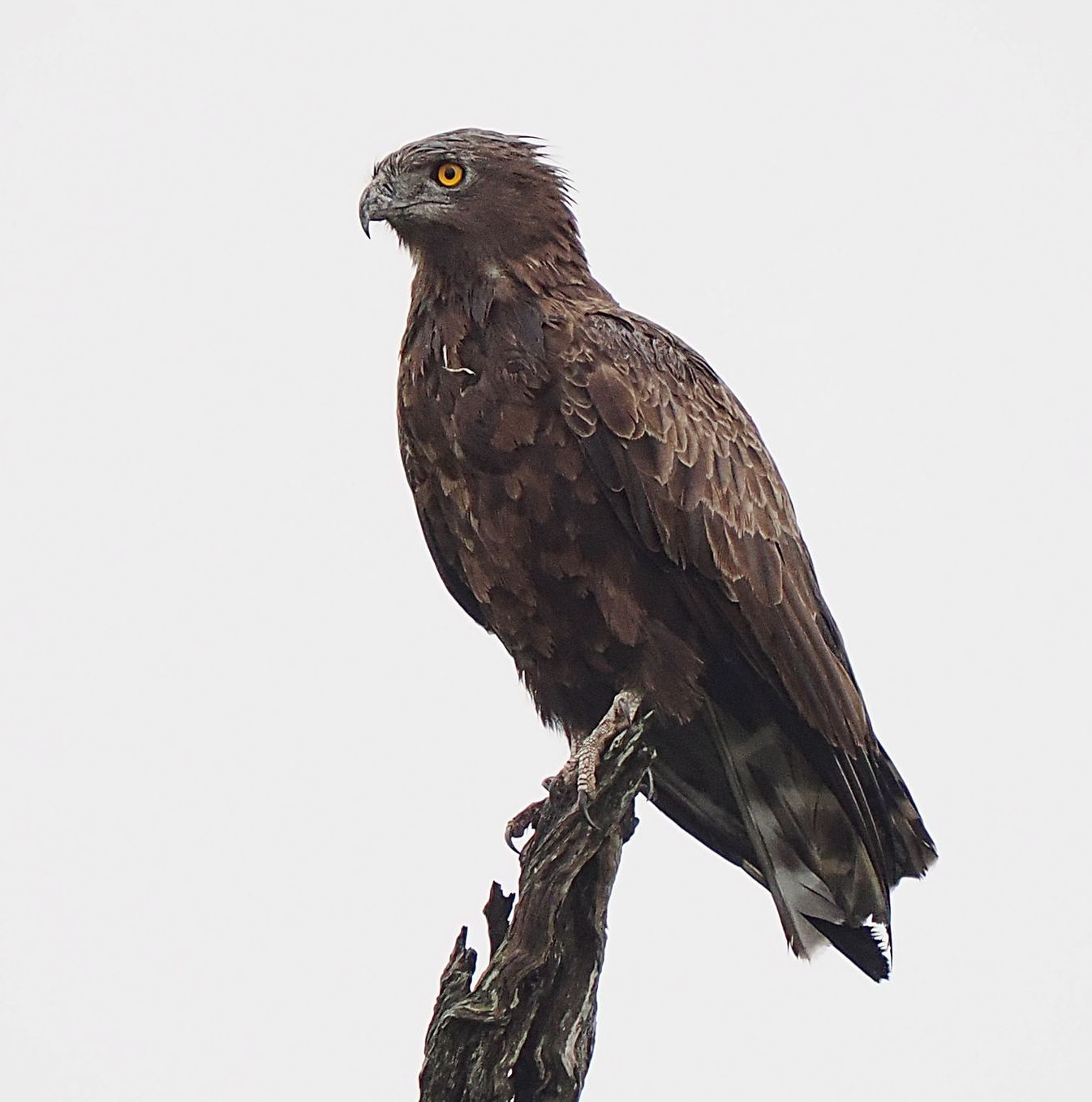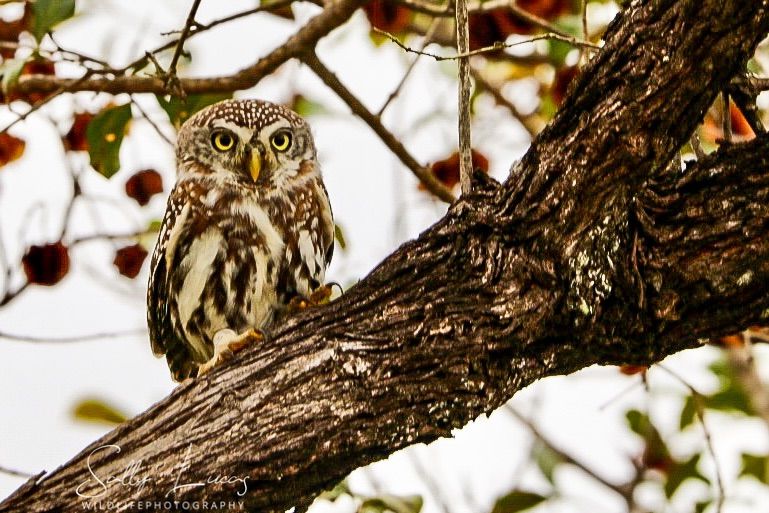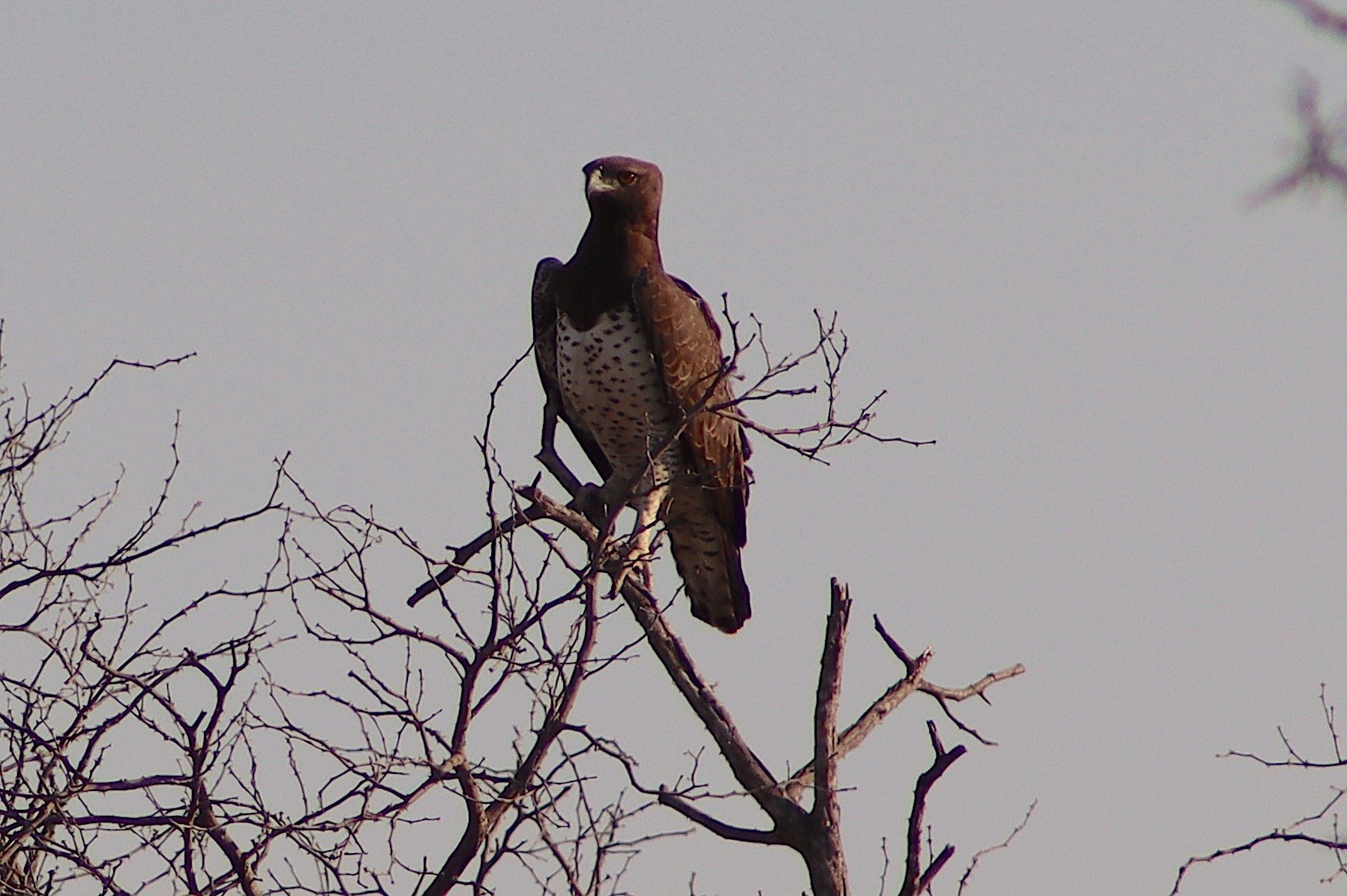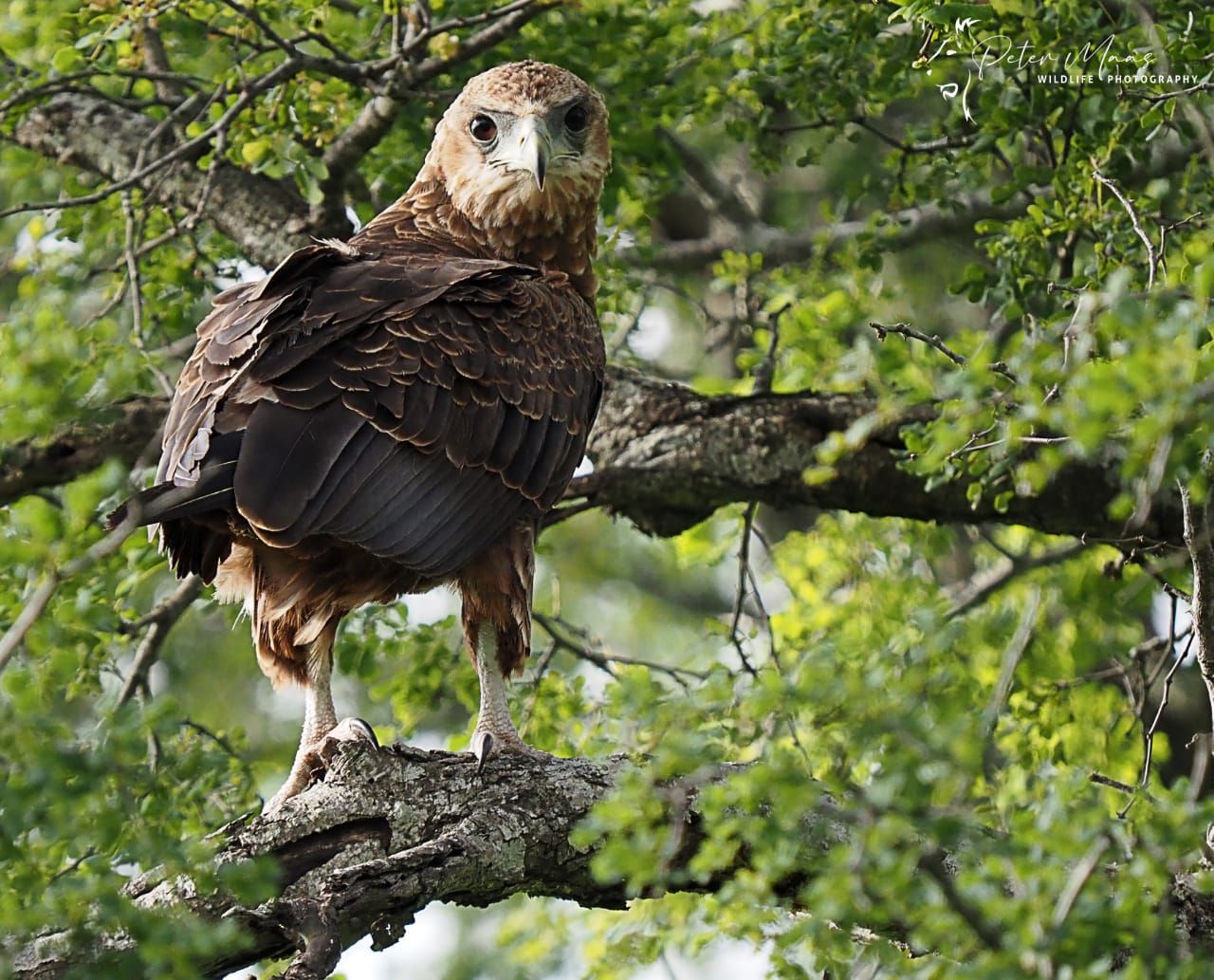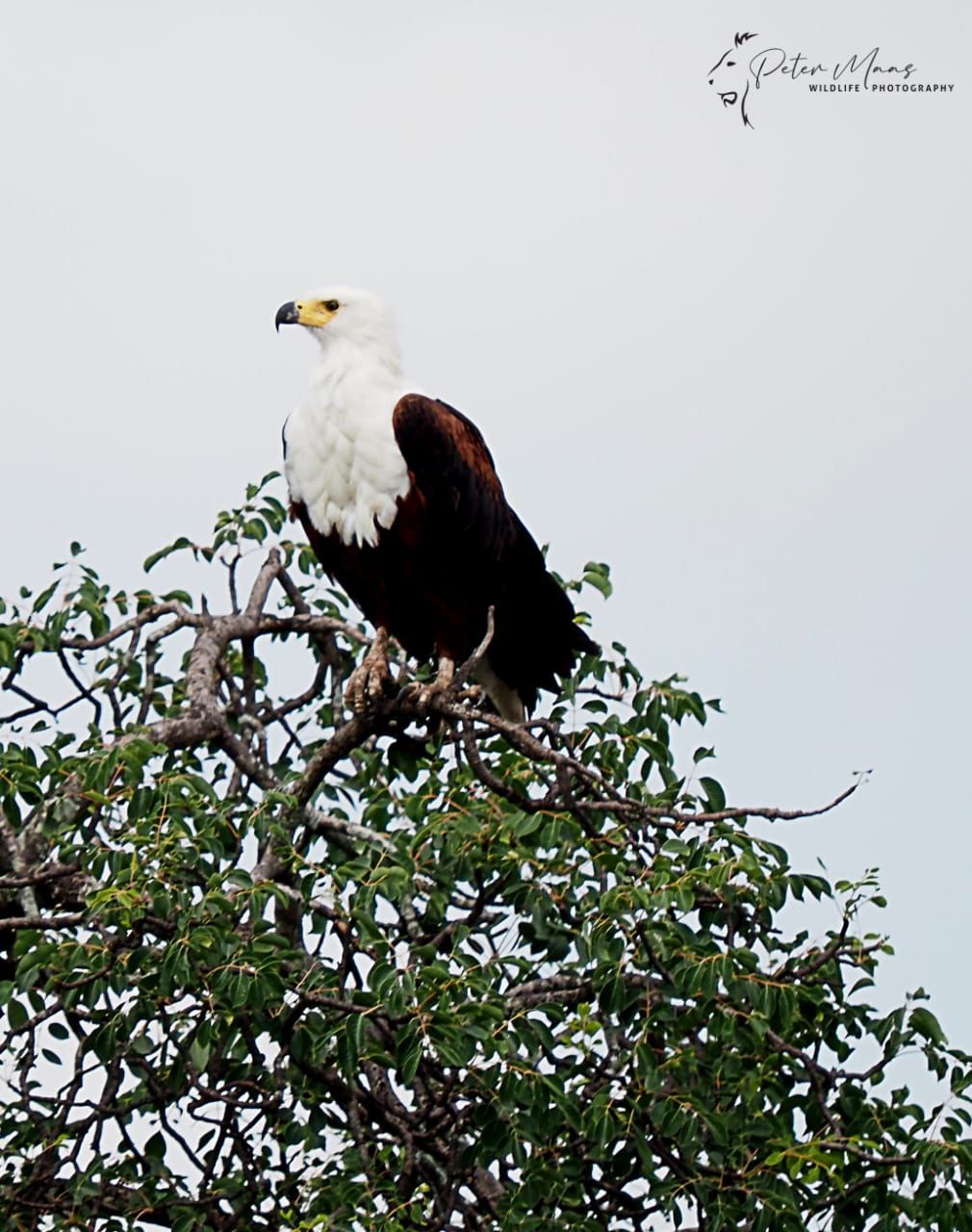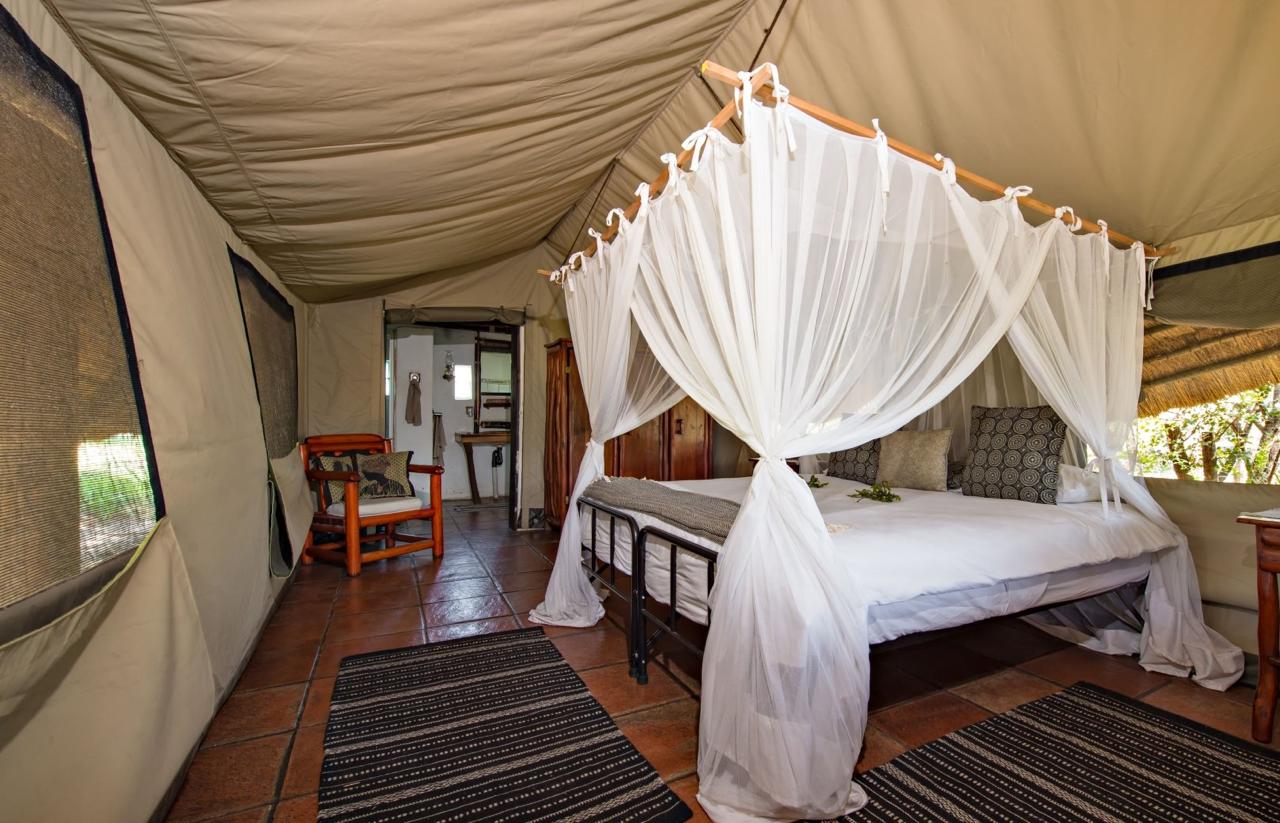Enraptured by raptors!
Meet some of the Manyeleti's charismatic birds of prey...
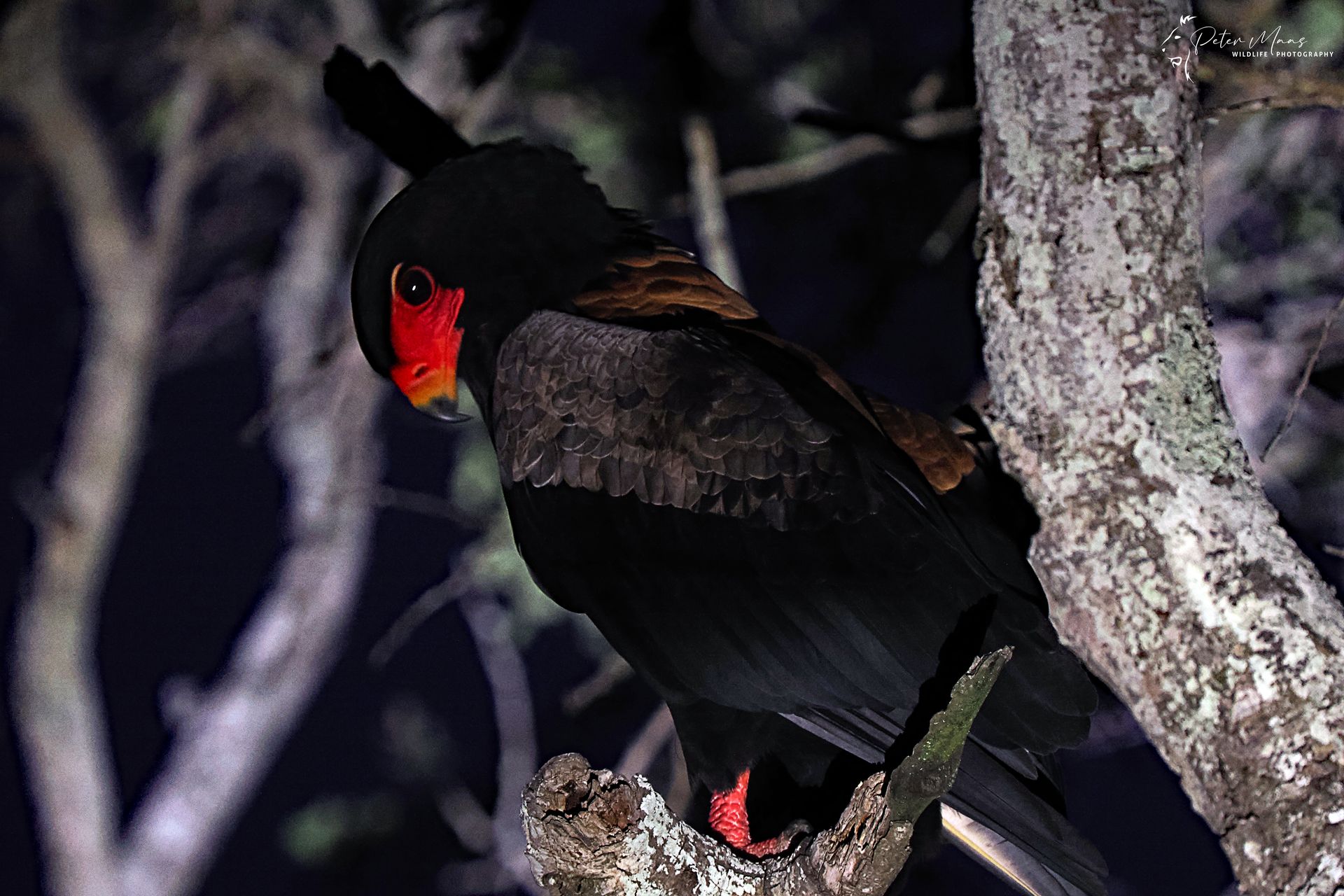
Top: Amur falcon. Above: Adult bateleur. Images: Peter Maas Wildlife Photography
With well over 300 bird species recorded in the Manyeleti, it's a bird-lover's paradise, especially where birds of prey are concerned. The avian equivalent of celebrated terrestrial hunters like lion, leopard, cheetah and painted wolves (African wild dogs), our raptors are many and varied, from Africa's largest eagle to the most diminutive of owls. Here are a few we see regularly that have been captured on camera by our guests...
Martial eagle: The Martial Eagle is one of the largest and most powerful eagles in Africa. With a wingspan of up to 2,6m and weighing in at up to 6,2kg, it is an impressive sight to behold, both while perching and in flight. With its predominantly dark-brown plumage, distinctive white chest spotted with black, and piercing golden eyes, this is an avian predator par excellence with a diet consisting of medium to large prey including birds like guineafowl and stork as well as rabbits, reptiles and even small antelopes like duiker and steenbok.
African fish eagle: This iconic eagle is well-known for its distinctive call, which sounds like a loud, haunting cry, which is both a territorial declaration and a love song to mates! They form monogomous pairs and build large stick nests in tall trees close to water, often using the same nest year after year.
As their name suggests, the African fish eagle primarily feeds on fish, caught from rivers, lakes and dams. They use their keen eyesight to spot fish from high perches or while soaring in the air. When they locate a suitable target, they swoop down and use their sharp talons to grasp the fish and carry it to a nearby perch to eat.
Bateleur: The bateleur is a striking raptor known for its aerial acrobatics, black, brown and grey plumage and the striking red face and feet that mark the completion of its journey to adulthood. Juvenile bateleurs are altogether more plain, with brown plumage and pale grey faces, legs and feet, leading to them often being confused with other brown eagles!
Bateleurs are renowned for their stunning aerial displays while hunting, they are consummate gliders with their distinctive, short tails making them exceptionally energy efficient and aerodynamic. During the breeding season they can often be seen displaying, performing the trademark in-flight somersaults, twists and tumbles that led French naturalist Francois Levaillant to give them their name. A bateleur is a street or circus performer and juggler in the French vernacular.
They are known for scavenging but mainly hunt small mammals, reptiles and other birds.
Brown snake eagle: As the name implies, this eagle specialises in hunting snakes, but also consumes other reptiles and small mammals. With its predominantly brown plumage, adult brown eagles have a distinctive short crest and large, yellow eyes as well as yellow legs and feet.
They have evolved specific adaptation to deal with their primary prey, with legs covered in thick scales to help protect against snake bites and long, slender toes that allow it to get a better grip on smooth snakeskin.
You'll typically see them perched on a tree branch scanning the ground for a potential meal. When a snake is spotted, they descend quickly and silently, seizing it in their talons before delivering a series of forceful strikes to dispatch it.
Tawny eagle: The Tawny eagle is a particularly enigmatic bird of prey, often seen perched on trees or telephone poles, scanning the surroundings for potential prey like rodents and small birds.
As its name implies, its colouration is generally a sandy brown, but there are several "morphs" or forms to this eagle's plumage that can deliver both cream and dark brown alternatives, sometimes making it harder to identify.
Tawny eagles feed mostly on small to medium-sized mammals like rodents, scrub hares but also eat other birds, reptiles and even carrion.
Amur falcon: The Amur falcon is one of our most interesting summer migrant raptors, mostly because of its incredibly long migratory journey that makes it one of the most remarkable avian travellers in the world.
Named after the Amur River that flows through parts of China, Mongolia and southeastern Siberia, where they were first described and observed, they migrate thousands of kilometres to spend their winter, non-breeding months here in Southern Africa's balmy summer.
This is one of the longest migratory journeys of any bird species.
Black-shouldered kite: With its striking red eyes, predominantly white plumage and dark grey to black wingtips, this small yet graceful raptor is mostly found in areas of open grassland and along the fringes of wetlands.
You'll often see this resident kite in the savannah regions of the Manyeleti, hovering in mid-air as it scans the ground for small mammals, insects and the occasional small bird.
Pearl spotted owlet: One of the smallest owls in Africa, this tiny but beautiful little bird of prey weighs in at just 100g for females, and 65g for males! With its cinnamon-coloured feathers broken up by pale, creamy white spots and bars, this little winged hunter also has a striking pair of false, feather "eyes" at the back of its head to ward off would-be assassins.
Known for its distinctive, ascending call that starts with a series of shrill short whistles and ends in a cascading "peeuu", you'll hear the pearl spotted owlet both day and night, especially during the breeding season.
